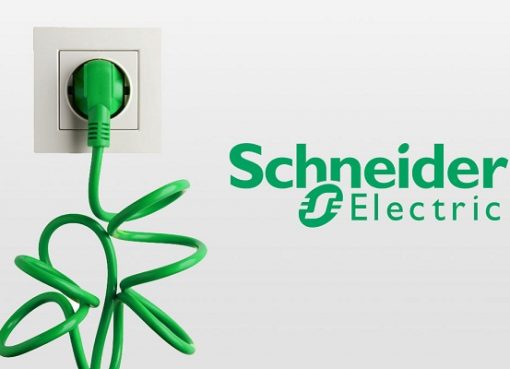Australian scientists have discovered an enzyme that converts air into energy and could provide an alternative new clean source of energy.
The team for the Monash University Biomedicine Discovery Institute in Melbourne, Australia, have produced an enzyme that captures hydrogen from the atmosphere to create an electrical current.
The researchers created the enzyme from common soil bacterium. It is able to use the low amounts of hydrogen present in the atmosphere, opening the way to create devices that literally make energy from thin air.
“We’ve known for some time that bacteria can use the trace hydrogen in the air as a source of energy to help them grow and survive, including in Antarctic soils, volcanic craters and the deep ocean,” said Professor Chris Greening, “but we didn’t know how they did this, until now.”
Recent work by the team has shown that many bacteria use hydrogen from the atmosphere as an energy source in nutrient-poor environments.
The researchers extracted the enzyme responsible for using atmospheric hydrogen from a bacterium called Mycobacterium smegmatis and called it Huc.
“Huc is extraordinarily efficient,” said Dr Rhys Grinter. ”Unlike all other known enzymes and chemical catalysts, it even consumes hydrogen below atmospheric levels – as little as 0.00005 per cent of the air we breathe.”
The researchers used advanced microscopy (cryo-EM) to determine its atomic structure and electrical pathways, pushing boundaries to produce the most resolved enzyme structure reported by this method to date.
“It is astonishingly stable,” said Ashleigh Kropp, a PhD student and part of the research team. ”It is possible to freeze the enzyme or heat it to 80°C and it retains its power to generate energy.
“This reflects that this enzyme helps bacteria to survive in the most extreme environments.”
The bacteria that produce enzymes like Huc are common and can be grown in large quantities, meaning we have access to a sustainable source of the enzyme, the researchers have said.
“Once we produce Huc in sufficient quantities, the sky is quite literally the limit for using it to produce clean energy,” Grinter said.
While this research is at an early stage, the discovery of Huc has considerable potential to develop small air-powered devices, for example as an alternative to solar-powered devices.
The findings of the experiments have been published in the journal Nature.
Source: E&T










